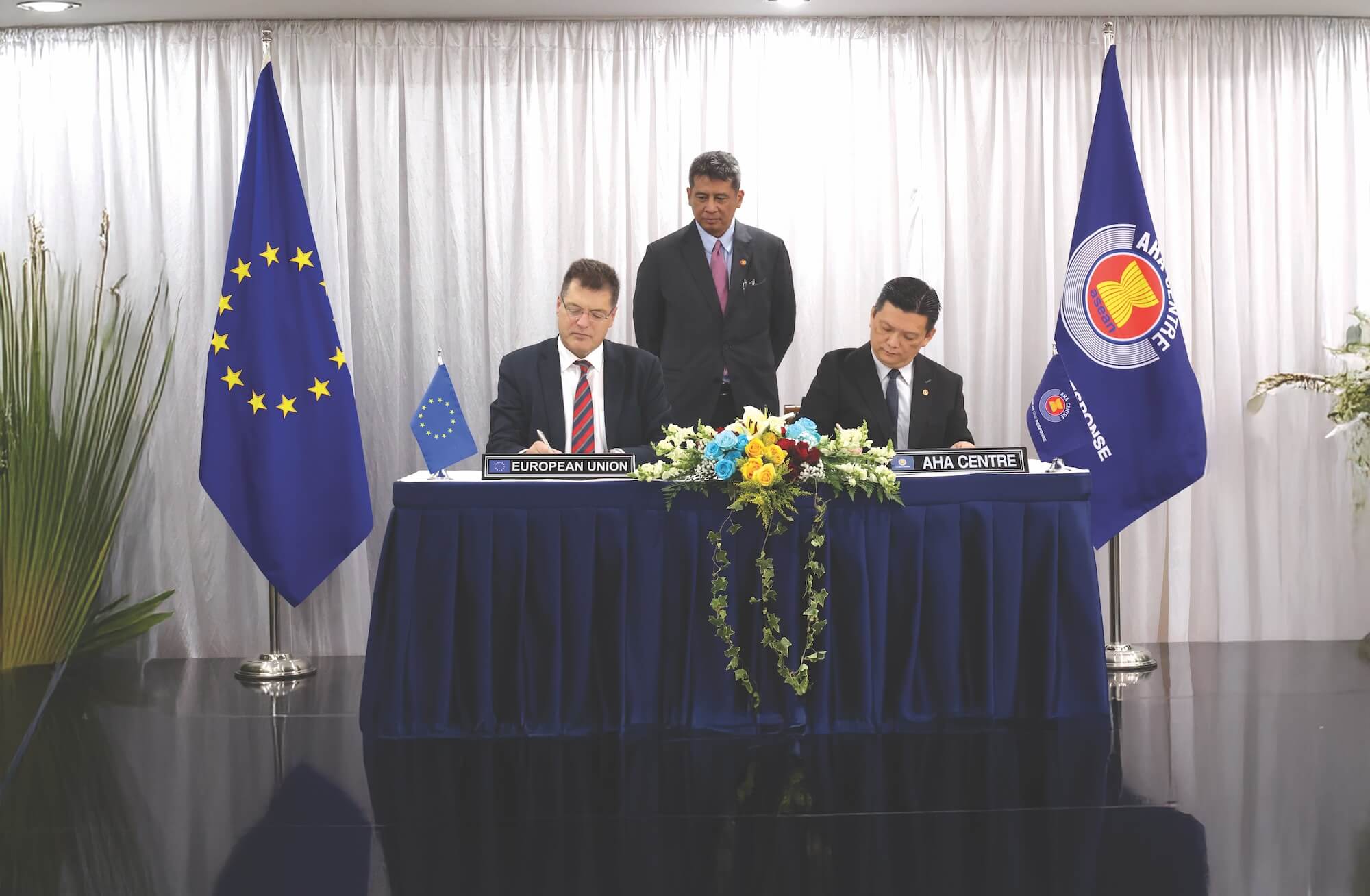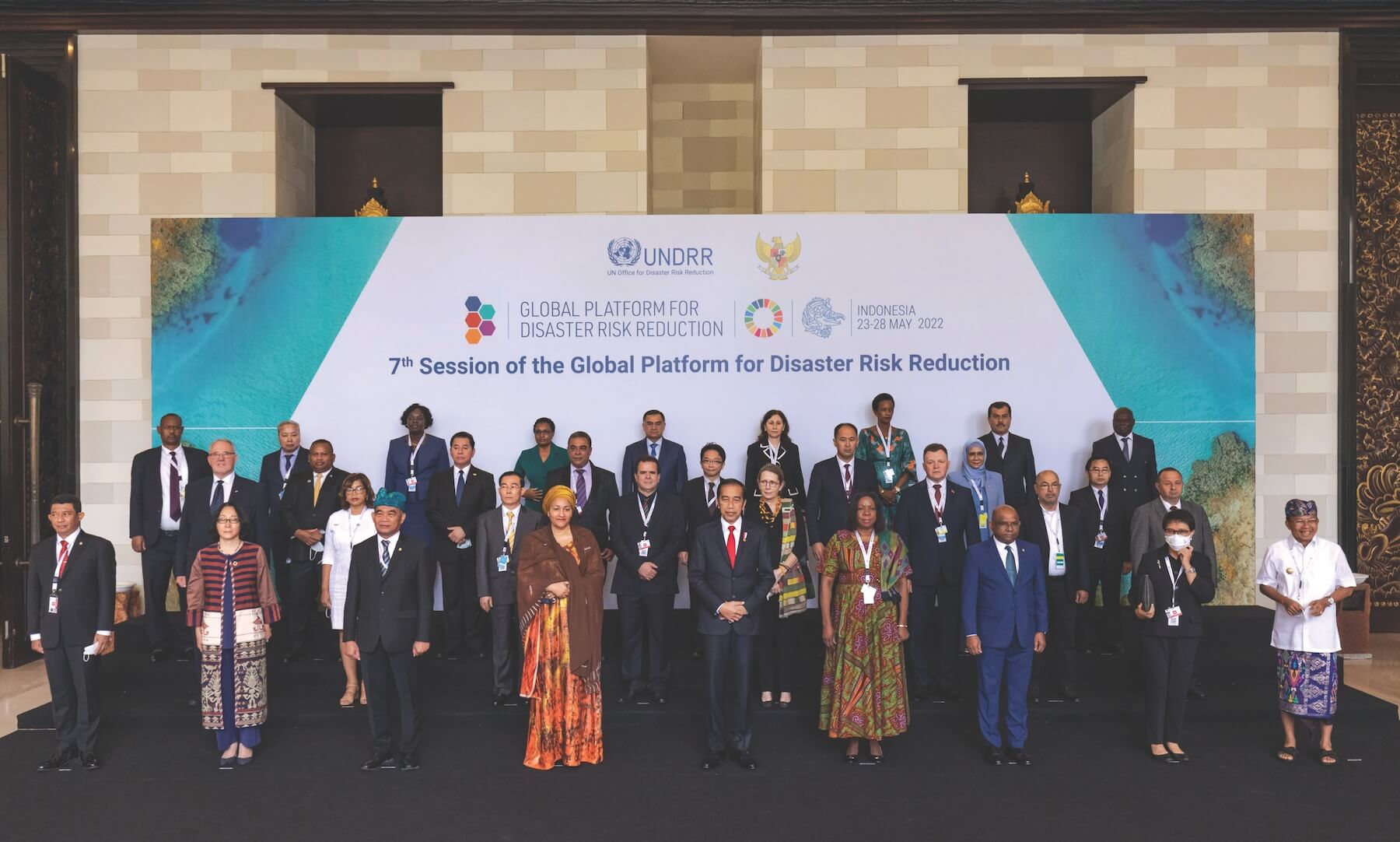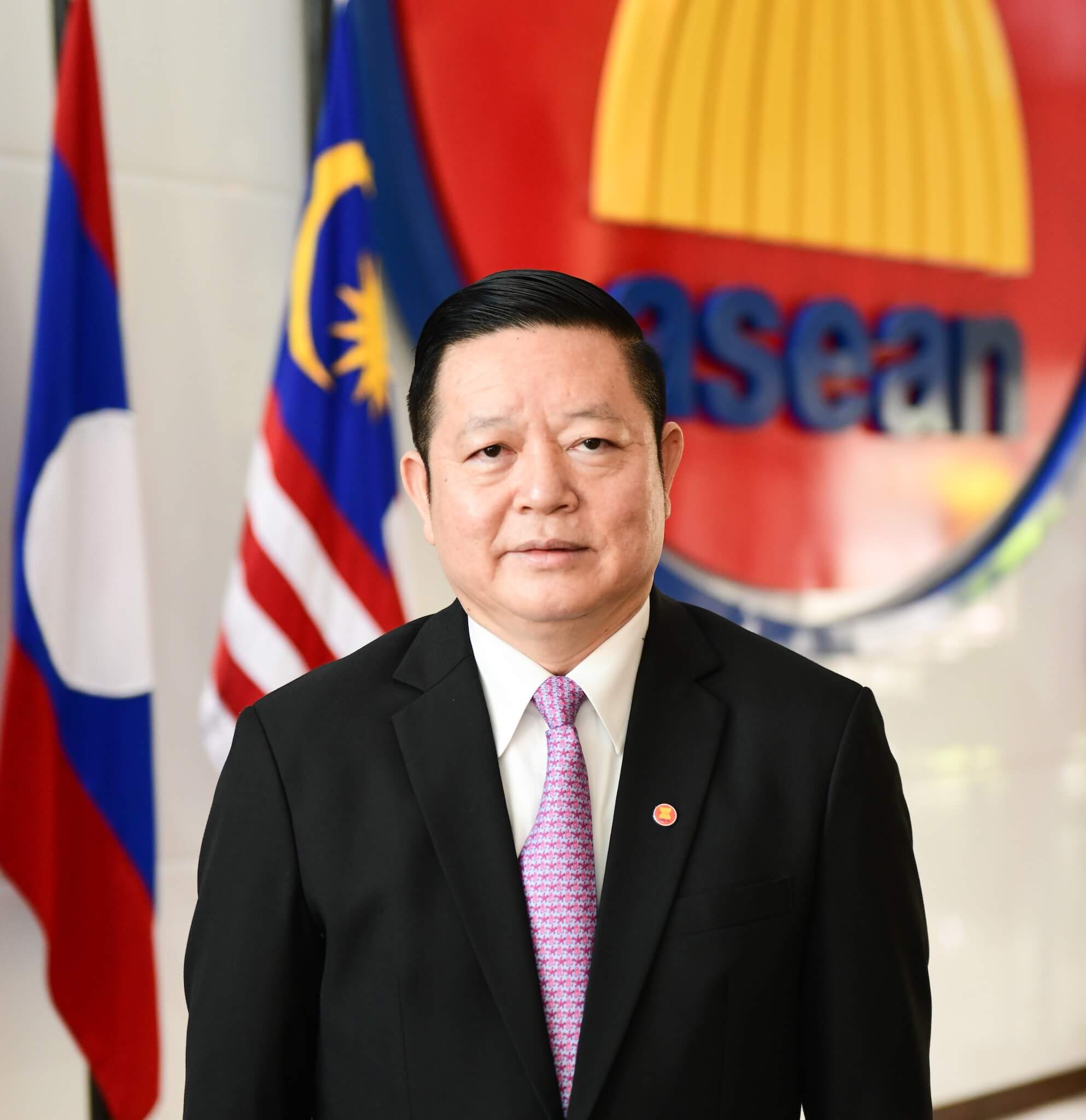



ASEAN Heritage Parks (AHP) are Southeast Asia’s natural treasures. To date, there are 49 AHPs, each embodying the rich and diverse species and ecosystems of the ASEAN region.
The conference also recognised that protecting biodiversity is the responsibility of business, highlighting the impact of economic interventions to natural capital.
However, the AHPs continue to face threats from various drivers of biodiversity loss, such as encroachment, overexploitation, illegal logging, and uncontrolled tourism.
As the Secretariat of the AHP programme, the ASEAN Centre for Biodiversity organises the AHP Conference every three years to gather policymakers, protected area managers, experts, partners, and stakeholders to discuss challenges and issues in managing AHPs, and to highlight national and regional efforts in protected area management.
The 6th AHP Conference was held in Pakse, Lao PDR in 2019. With the theme, “Sustainability and Innovation for Parks and People,” the four-day conference discussed a wide range of issues, including:
- The Aichi Biodiversity Target 11 for protected landscapes and waterscapes.
Various multi-country partnerships, including the Coral Triangle Initiative on Coral Reefs, Fisheries, and Food Security were recognised to have contributed to the spatial expansion and effective management of marine protected areas.
- Wildlife conservation and protection.
Wildlife trade is one of the causes of species extinction and the region is vulnerable due to the high endemism of species. In addition, snaring trends in the forests have led to the decline of vertebrate species.
The conference also recommended the increased collaboration among regional and national agencies to address wildlife and forest crimes, and enhance the use of technology for monitoring and enforcement.
Another recommendation was to increase funding for biodiversity conservation. Experts estimate the total value of natural assets at 24 trillion US dollars. While biodiversity conservation requires funding of 150-440 billion US dollars, actual expenditure is only about 52 billion US dollars a year.
The conference also recognised that protecting biodiversity is the responsibility of business, highlighting the impacts of economic interventions to natural capital. One session tackled several opportunities that would allow business to contribute to the sustainable use of biodiversity, including through organic agriculture, ecotourism, and herbal production.
Other conference sessions covered discussions on women, youth, and indigenous people and local communities, sustainable livelihoods and biodiversity-based products, and protected areas as nature-based solutions to climate change.
Significantly, the recommendations from the conference contributed to the discussions in the Third ASEAN Conference on Biodiversity that was held on 16-19 March 2020 in Kuala Lumpur, Malaysia.








